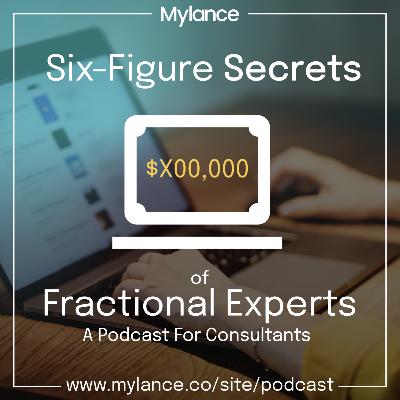8 Steps Mylance Followed to Build Our New SaaS Tool - Steal Them For Your Business
Description
This week Bradley Jacobs shares the comprehensive eight-step framework Mylance used to build their new LinkedIn content calendar SaaS tool over four months. The process began with writing initial hypotheses based on five years of business experience and over 1,000 conversations with fractional professionals. Through 30+ user interviews, they validated that fractionals struggle with knowing what to post on LinkedIn despite recognizing its value for client acquisition.
The team built a no-code MVP using Airtable, Zapier, OpenAI, and Notion, then secured six beta customers at $134.50/month (50% off retail). After two months of feedback and iteration, they partnered with a specialized agency to build the full software in 21 days for just a few thousand dollars. The final product not only provides content calendars but also drafts posts, learns writing styles, and analyzes performance over time.
Bradley emphasizes that this framework applies to any business - whether you're offering fractional services or building products. The key is rigorous validation before building, focusing on one major pain point, and prioritizing long-term retention over quick scaling. The new tool is currently in beta with plans for broader release once product-market fit is confirmed.
00:00 - Welcome and introduction to the eight-step framework
01:14 - Step 1: Writing hypotheses based on market experience
02:05 - Step 2: Conducting 30+ user interviews and validation
04:40 - Step 3: Brainstorming the minimum viable product
06:20 - Step 4: Building no-code MVP in one day
07:07 - Step 5: Getting six paying beta customers at $134.50/month
08:27 - Step 6: Working with customers for two months
10:10 - Step 7: Finding agency to build full software in 21 days
11:58 - Step 8: Onboarding first users to the new platform
13:21 - Next steps and scaling strategy
15:15 - Waitlist signup and closing thoughts





